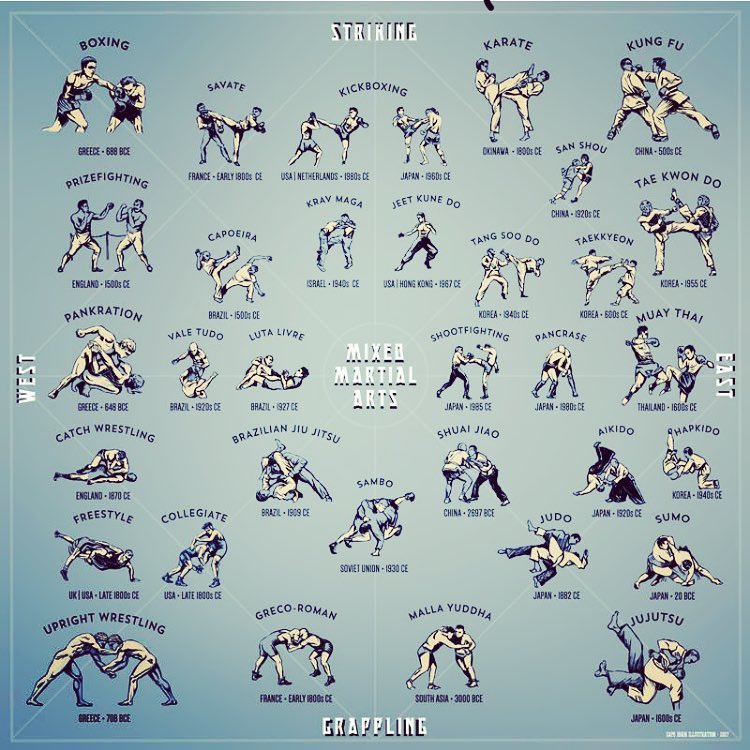The Worldwide Background And Change Of Martial Arts
The Worldwide Background And Change Of Martial Arts
Blog Article
Written By-Kaufman Workman
Martial arts have a remarkable history that extends centuries and continents. You could discover it intriguing just how old practices like Shuai Jiao and Kalaripayattu laid the groundwork for modern-day fight methods. These self-controls not just highlight physical skills but additionally mirror the cultures that birthed them. As you discover their evolution, think about just how globalization has actually changed these typical kinds into hybrid styles. What influences do you believe have formed today's martial arts landscape?
Ancient Martial arts: The Structures of Combat
As you look into the world of old martial arts, you'll find the rich structures that shaped combat techniques across cultures. Early methods focused on Self-Defense and survival, usually incorporating strikes, hurting, and weaponry.
In old China, for example, methods like Shuai Jiao emphasized throws and joint locks, while India's Kalaripayattu showcased dexterity and liquid activity. Japanese samurai created Kenjutsu, a refined swordsmanship that highlighted self-control and approach.
These martial arts served not just for battle however likewise as a way of individual growth, instilling worths like respect and willpower. The mixing of these strategies in time prepared for the diverse martial arts you see today, each reflecting the special approaches and needs of its culture.
The Social Influence on Martial Arts Growth
While martial arts often show the functional needs of a society, they additionally embody the cultural values and ideas of their beginnings. When you explore different martial arts, you'll notice exactly how they're affected by religious beliefs, philosophy, and social norms.
As an example, the focus on regard and discipline in Japanese martial arts comes from Zen Buddhism and samurai culture. On the other hand, Brazilian Jiu-Jitsu promotes adaptability and technique, formed by the demand for efficiency in a varied, modern atmosphere.
look at these guys might locate that the rituals, attires, and training techniques mirror a neighborhood's history and identification. By comprehending these cultural impacts, you strengthen your admiration of martial arts and their role in shaping human experiences around the world.
Modern Adaptations and the Globalization of Martial arts
Martial arts have changed dramatically in current years, adapting to contemporary culture and global impacts. You'll see that conventional kinds have blended with contemporary techniques, developing hybrid styles like mixed martial arts. These adaptations satisfy diverse audiences, making martial arts accessible and attractive around the world.
With the rise of social networks and digital platforms, you can locate tutorials and competitions from all corners of the world, damaging geographical barriers. This globalization has brought about a common admiration for different self-controls, from Brazilian Jiu-Jitsu to Taekwondo.
As you involve with these arts, you'll realize they're not practically battle; they promote fitness, discipline, and mental health.
Ultimately, modern adaptations have enhanced the martial arts landscape, making it a dynamic and evolving practice.
Conclusion
In checking out the history and advancement of martial arts, you discover an interesting blend of methods, societies, and philosophies. From white tiger martial arts -controls like Shuai Jiao and Kalaripayattu to the contemporary flexibility seen in MMA, martial arts show humanity's quest for Self-Defense and individual development. As you engage with these methods, you not only obtain abilities however likewise a deeper gratitude for the diverse practices that form our globe today. So, continue your trip and embrace the art of battle!
